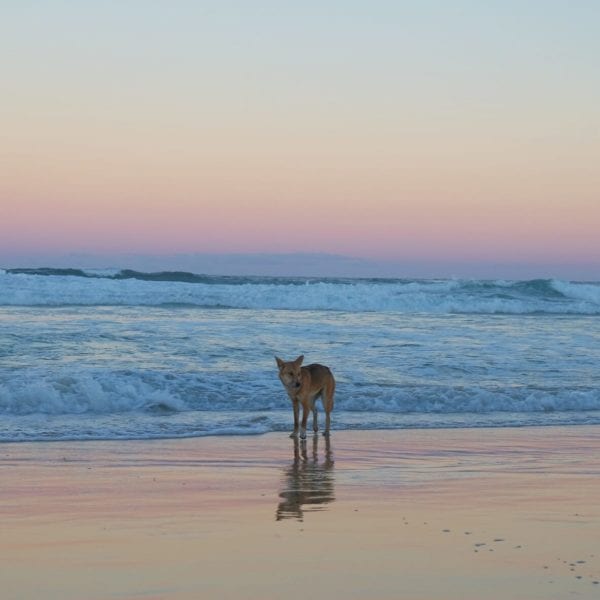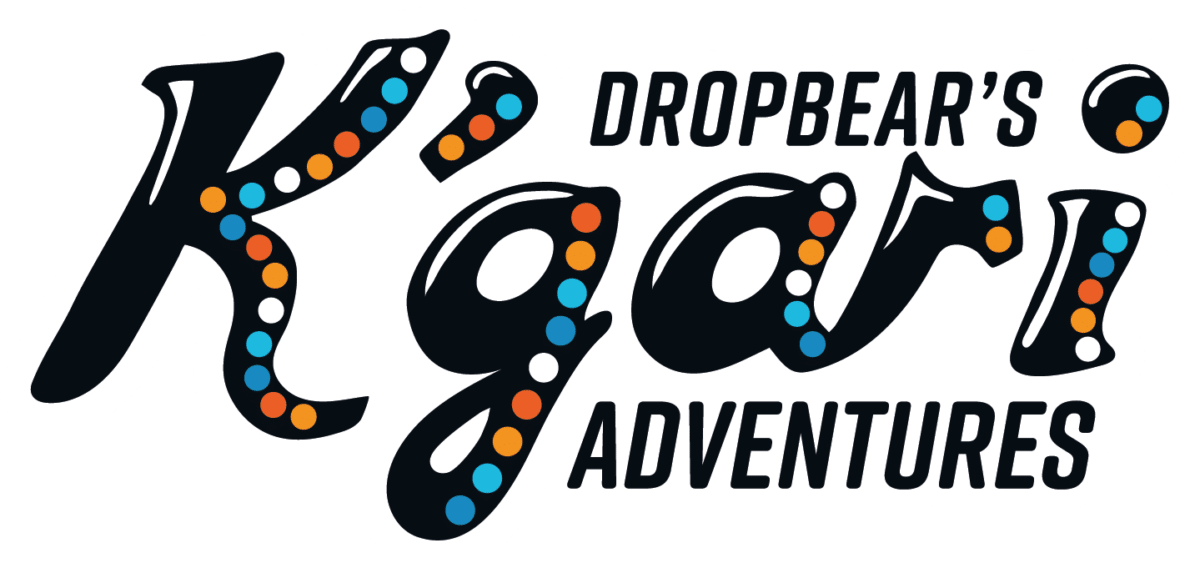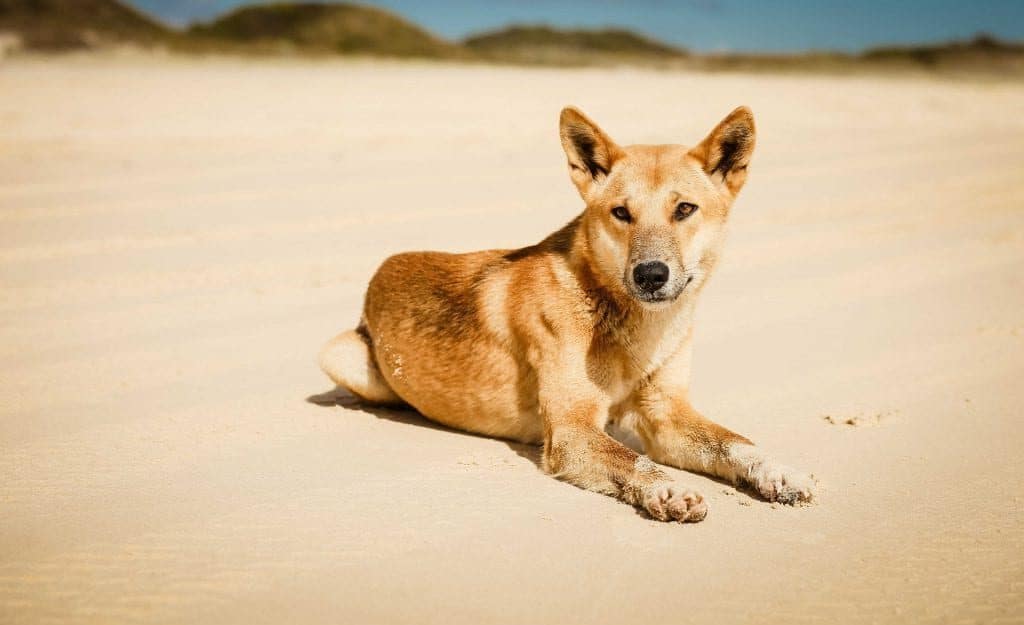Synonymous with Fraser Island and Australia as a whole, the humble Fraser Island dingoes (Wongari), are precious animals that deserve our respect, needs our protection and form part of the amazing wildlife of Kgari (Fraser Island).
From the very first minute that you arrive on the island, watch out for this beautiful, wild and extremely important dog for the environment and history of K’gari … you have good chances of spotting more than one during your visit to Fraser Island, appreciate their presence and take some amazing pictures.
Before we get into what to do when you come across a dingo on Fraser Island and interesting facts about them, let’s review their reputation and why dingoes have had their fair share of bad press in the past.
Fraser Island dingoes reputation – how they went from fearsome to loveable
Everything started with their implication in the disappearance of Azaria Chamberlain, the baby daughter of Lindy and Michael Chamberlain, who disappeared in the Northern Territory back in 1980.
Lindy always claimed her daughter was taken by a dingo, which was eventually accepted to be the likely cause of Azaria’s disappearance – though it could never be proved. This event along with a number of run-ins between visitors and dingoes on Fraser Island resulted in the dingo being wrongly demonised and feared for many years.
But times are changing.Finally, both the government and visitors understand how important these beautiful golden sand coloured animals are to the health of the local ecosystem.

In their role as the apex predator, the dingo sits at the top of the food chain and ensures that other species don’t overpopulate the island. In short, they keep everything in check, a vital balancing act to the environment of K’gari. Without them, the whole system would collapse and the island as we know and love it today would change irrevocably.
Due to their isolation and minimal crossbreeding, the Fraser Island dingo is the purest strain of dingo in the whole country.
How to stay safe around dingoes and protect them
The best thing you can do for Wongari aka dingoes is to keep your distance. Obviously, if you do see a pack or one dingo wandering the beach it’s an awe-inspiring sight, and taking photos of these beautiful animals is totally fine and encouraged. But getting too close is bad for both parties, so if you do see a dingo, keep a good distance and put away any food you might have out. Don’t panic and don’t run or jog– there is no need and it could result in the dingo following you.
The less direct contact there is between visitors and dingoes the safer their future will be. There is nothing more magical than listening to distant howls while you enjoy all the amazing sights of K’gari – Fraser Island. The dingo is back on top, let’s hope it stays that way.
Are dingoes inherently aggressive?
As you might imagine, this is a popular question on our Fraser Island Tours and the simple answer is no. A dingo will not actively seek you out just to attack you. Far from it. In fact, a dingo is much more likely to scamper away than to approach you. And attacks on people are relatively rare.
But that isn’t to say there are no safety risks associated with them. The inquisitive and curious nature of the dingo can sometimes lead to potentially dangerous human/dingo interactions.
Your chances of having a dangerous encounter with a dingo are greatly increased in those areas where dingoes have become habituated to humans through feeding. And sadly there are areas of K’gari where this is the case.
In the past, it was relatively common, though always discouraged, for some visitors to the island to feed dingoes and encourage them to approach, mostly to get a good picture or just see them more closely. This has inevitably led to certain dingo populations associating people with food.
Apart from keeping a respectful distance, there are five main points to remember:
- Always carry a dingo stick outside of fenced areas, and walk-in pairs. Just in case you encounter a dingo while outside camp. We provide dingo sticks in our Fraser Island accommodation.
- Never feed dingoes or encourage them to come towards you. Leave them in peace if you do see them.
- Never run along the beach. Dingoes have an instinct to chase and doing this could result in a dingo chasing after you.
- Always keep food locked away. Food is a BIG draw for dingoes.
Fraser Island dingoes facts

- There are between 100 and 200 dingoes on Fraser Island and around 25 to 30 packs.
- They communicate with other pack members by howling, although they do still bark in alarm to defend territory from intruders.
- Adult dingoes may sound fierce, but they’re about the size of a medium dog: standing around 60cm high, 1.2m long and have an average weight of around 18kg.
- They hunt during dawn and dusk.
- Dingoes are very active and can travel up to 40km per day.
- A dingo pack is dominated by its breeding male and female, with the subordinate animals competing for their place in the pack structure.

